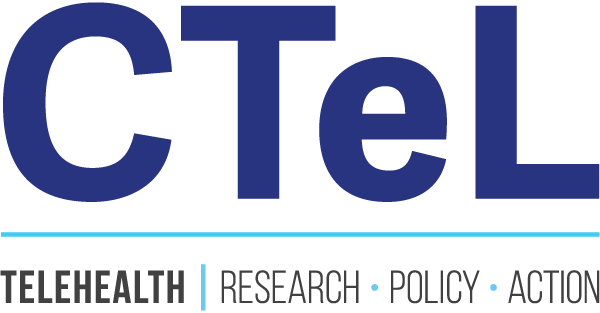CMS Final Rule Update: Key Telehealth Provisions in the 2025 OPPS and ASC Systems
CMS Final Rule Update: Key Telehealth Provisions in the 2025 OPPS and ASC Systems
The Centers for Medicare & Medicaid Services (CMS) recently released its final rule for the 2025 Medicare Hospital Outpatient Prospective Payment System (OPPS) and the Medicare Ambulatory Surgical Center (ASC) payment systems, highlighting pivotal telehealth advancements that aim to transform healthcare delivery. The rule introduces changes impacting access to care for Medicaid and Medicare beneficiaries, particularly those in underserved areas or requiring specialized services. Here’s an overview of the telehealth-focused updates that reflect CMS’s commitment to expanding healthcare accessibility and aligning policies across diverse care settings.
Major Legislative Developments Impacting Telehealth in 2025
1. Expanded Telehealth Access for Medicaid Clinic Services
Four Walls Requirement Exceptions: Historically, the “four walls” requirement restricted Medicaid clinic services to be delivered within the clinic's physical space, limiting the use of telehealth for patients who couldn’t access these locations. However, the new rule introduces targeted exceptions to this restriction, a change driven by CMS’s awareness of the barriers posed by geographic and logistical limitations.
Targeted Clinics and State Flexibility: The four walls exceptions apply specifically to Indian Health Service (IHS) and Tribal clinics. States also have the option to extend these flexibilities to behavioral health clinics and rural clinics, broadening access to telehealth for patients in underserved and remote areas. By allowing these clinics to serve patients remotely, CMS aims to enhance continuity of care and reduce patient burden, particularly for those requiring routine behavioral health services or living in rural regions.
2. Increased Support for Telehealth in Rural and Behavioral Health Settings
Enhanced Reach for Underserved Populations: The flexibility for rural and behavioral health clinics to use telehealth means patients no longer need to travel significant distances for healthcare. This expansion empowers clinics to provide a range of services through remote care, ensuring that vulnerable populations receive the attention they need without physical barriers.
Alignment with Broader Telehealth Goals: These changes contribute to a cohesive telehealth strategy, creating uniform guidelines that span multiple healthcare environments and supporting CMS’s broader mission to reduce healthcare disparities.
3. Enhanced Consistency Across Medicare and Medicaid Telehealth Policies
Alignment Across Systems: With these updates, CMS strengthens policy consistency by aligning telehealth regulations for Medicaid clinic services with those for other Medicare and Medicaid-covered services. This uniformity ensures that providers and beneficiaries experience clear, standardized policies when accessing or delivering care via telehealth, regardless of the care setting.
Future Guidance and Support: CMS has acknowledged stakeholder interest in additional telehealth flexibilities and plans to provide further guidance on how the four walls requirement applies to Medicaid services delivered via telehealth. This move signals CMS’s openness to evolve with the growing need for remote healthcare access, especially for Medicaid beneficiaries who face access barriers.
4. Looking Forward: A Modernized, Accessible Healthcare Landscape
Advancing Healthcare Equity and Accessibility: These legislative updates indicate a step forward in CMS’s commitment to modernize healthcare access. The removal of restrictive policies supports a more inclusive healthcare system where telehealth is a core service delivery model, especially in areas that face challenges with in-person care.
Consistency and Innovation in Healthcare Delivery: CMS’s updates also reflect a dedication to consistent telehealth policies that support innovative healthcare solutions for underserved populations. By reducing logistical challenges and regulatory barriers, CMS is creating pathways for providers to better support patients’ evolving healthcare needs.
Preparing for the Impact of the Final Rule
These telehealth expansions aim to make healthcare more accessible, especially for Medicaid and Medicare beneficiaries in rural, remote, and underserved communities. For clinics and hospitals, it means greater flexibility in delivering services and an opportunity to leverage technology to meet patients where they are. For patients, this translates to increased access to vital care without the burden of extensive travel or delays.
CMS’s 2025 OPPS and ASC final rule represents a major advancement in healthcare delivery, reinforcing telehealth’s role in a modern, accessible healthcare system. By prioritizing flexibility for Medicaid services, the rule encourages a healthcare landscape where remote access is no longer an exception but a standard. With this final rule, CMS is setting the stage for continued innovation in telehealth, driving equity and accessibility across the healthcare system.
For more detailed information, this final rule will be published in the Federal Register on November 27, 2024, and will be available online at Federal Register and GovInfo.

